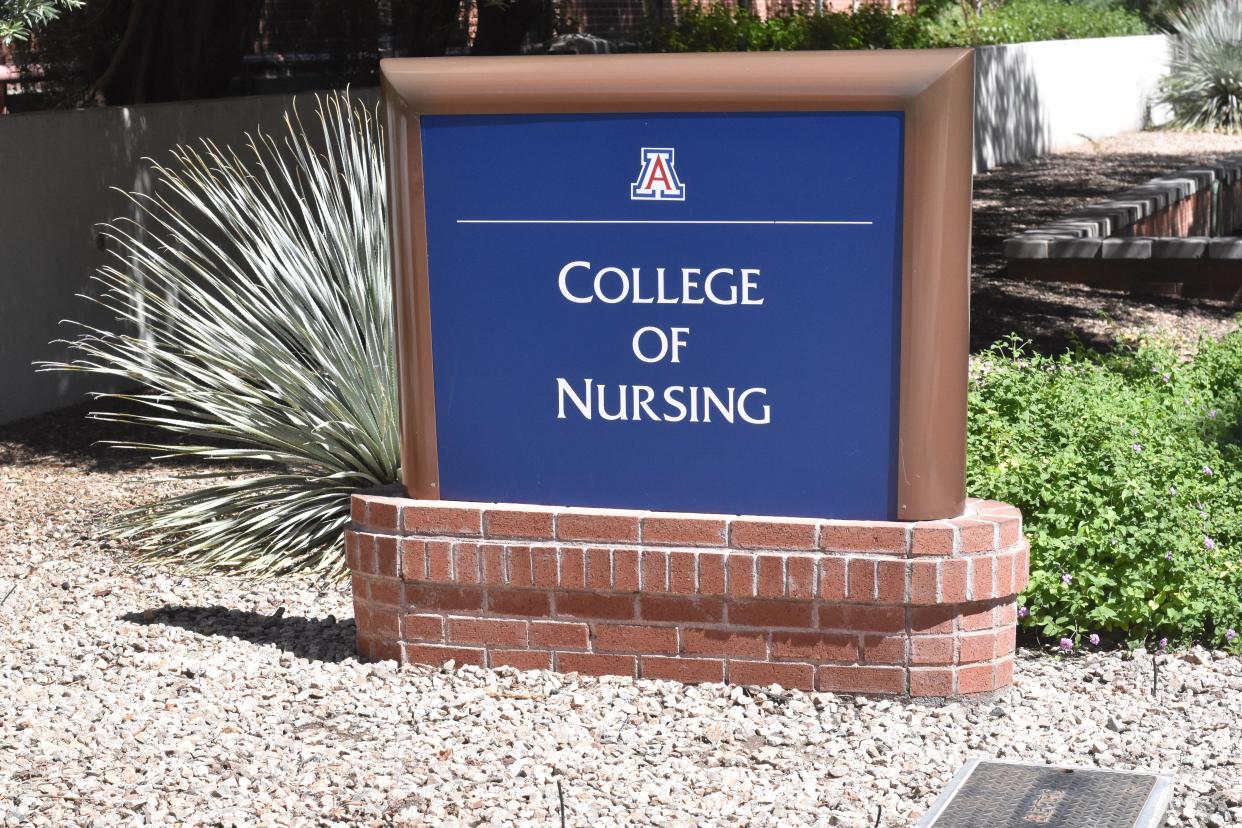New UA nurse-midwife program aims to expand access to maternal care

The University of Arizona launched the state’s only certified nurse-midwife program in August, and enrollment is open to nurses who want to specialize in maternal care.
The university identified increasing the number of maternal health providers as a way to improve maternal health outcomes. Right now, not enough general OB-GYNs are replacing those retiring and leaving the practice, said Erin McMahon, the program's director.
The loss of providers is hitting rural areas of Arizona harder than urban centers. According to a brief published by UA's Center for Rural Health, only about 5% of OB-GYN physicians and 8% of certified nurse-midwives work in rural areas.
"Rural women have less access to health care, prenatal, obstetric and post-partum services" and one in four rural women end up giving birth at a hospital that is not local, the brief said.
Traveling for care can delay prenatal care and increase the risk of premature delivery, according to the UA Center for Rural Health brief.
Two counties, Greenlee and La Paz, have no maternal care, while other counties have limited access, the brief said. These counties include Gila, Graham, Cochise and Santa Cruz.
More: University of Arizona medical school in Tucson fails to get full 8-year extension for accreditation
Access to prenatal and obstetric services is also decreasing in rural areas because of the closure of obstetric units and critical access hospitals, according to the brief.
Increasing the number of certified nurse-midwives will help increase access to care around the state, McMahon said.
More nurse-midwives, better care
McMahon hopes the program will encourage more Arizona nurses to become nurse-midwives. With the program’s hybrid model, students can live in their communities and travel a few times per year to do clinical rotations.
Lisa Kiser, an assistant clinical professor at UA, said it's challenging for people to get care in rural areas where there aren’t many providers, clinics or access to transportation.
Kiser volunteers at the Green Valley and Arivaca clinics of the United Community Health Center. Green Valley is a rural town under an hour south of Tucson, and Arivaca is just 10 miles from the U.S.-Mexico border. Both are in Pima County.

Green Valley's only hospital closed down earlier this summer.
Kiser said she often sees patients who are in dire situations and should be in a hospital, but structural barriers make it impossible for them to get the care they need.
Patients have come to her eight weeks pregnant and bleeding, and the only option is to send them an hour away to the closest hospital in Tucson, Kiser said.
Having more midwives and obstetric professionals in communities like Benson, Safford, and Globe would help catch pregnancy complications earlier — and before it’s too late, she said.
To help increase health access in rural areas, Kiser said the university’s nurse-midwife program will create clinical rotations in rural areas.
“Just placing ... students there increases access to care,” Kiser said.
Improving maternal care
Without access to care, pregnant people might go without prenatal care entirely and give birth at an underequipped but nearby facility, McMahon said.
“It may be that you show up at the small, 10-bed, 20-bed hospital, that you give birth in the ER or triage area because that is what they have,” McMahon said.
Research shows that the U.S. has the highest maternal mortality rate among high-income countries, even though it spends more on healthcare than any European country.
Women who die during pregnancy often share that they don't feel well, but their concern goes unanswered by professionals, McMahon said.
“They told someone that something was wrong, and we as a healthcare system didn’t listen," McMahon said.
Maternal deaths often “result from missed or delayed opportunities for treatment," according to the Commonwealth Fund, a foundation focused on improving health care.
Integrating midwives into health care teams improves outcomes, McMahon said. Benefits of the midwifery model of care include looking at the patient holistically, shared decision making and continuity of care, she said.
In the U.S., Black and Native American people have the highest maternal mortality rates. They are three and two times more likely to die in childbirth, respectively, according to Kaiser Family Foundation data.
“Racism itself is the number one determinator of why Black women are dying” at a higher rate than white women in childbirth, Kiser said.
For this reason, Kiser said it was important when developing the nurse-midwife program not only to focus on training more nurses but also to strive to train nurses from diverse backgrounds.
“We know that diversifying the workforce is one of the key ways to improve health outcomes,” Kiser said. “We are deliberately designing a program that is welcoming to everybody, but specifically aimed to recruit and retain midwives of color.”
Coverage of southern Arizona on azcentral.com and in The Arizona Republic is funded by the nonprofit Report for America in association with The Republic. Reach the reporter at sarah.lapidus@gannett.com.
Support local journalism. Subscribe to azcentral.com today.
This article originally appeared on Arizona Republic: University of Arizona nurse-midwife program aims to improve care

